Maintaining proper oral hygiene through regular teeth cleaning is crucial for preventing dental issues such as cavities, gingivitis, and periodontal disease. By removing dental plaque, teeth cleaning plays a vital role in keeping your teeth and gums healthy. Neglecting this important aspect of oral care can lead to more severe problems down the line, making it essential to prioritize regular dental cleanings as part of your overall health and wellness routine.
What is Teeth Cleaning?
Teeth cleaning typically involves 6 steps:
- Conduct a physical examination
- Get rid of tartar and plaque
- Deep cleaning and polishing
- Floss and locate problem areas
- Instruct the patient to use mouthwash
- Apply fluoride therapy (optional)
Why Should You Clean Your Teeth?
A common practice, teeth cleaning is often carried out for one of the followings:
- To remove bacteria, plaque, or tartar buildup
- To give patients a great smile
- To help prevent decay and gum disease
How Long Does Teeth Cleaning Take?
For individuals with healthy teeth, a dental cleaning typically takes only 30 minutes. However, if you have tartar buildup or cavities, the process can take an hour or longer. Investing time in your oral health can ultimately save you time in the dentist’s chair. Remember, the key to minimizing dental appointments is to prioritize regular cleanings and preventative care.
Teeth Cleaning Procedure
It’s common to feel uneasy about visiting the dentist, but understanding the cleaning procedure can make the experience less stressful. Although the process may vary depending on your dentist, you can generally expect a few key steps during a dental cleaning. By knowing what to expect, you can feel more at ease and confident during your appointment.
1. Oral Exam
Before the dental cleaning, your hygienist will examine your mouth using a small mirror. This is to check for any signs of inflammation, decay, or other dental issues that may require attention. If a severe problem is detected, your hygienist will consult with a dentist to determine whether the cleaning should proceed.
2. Scaling
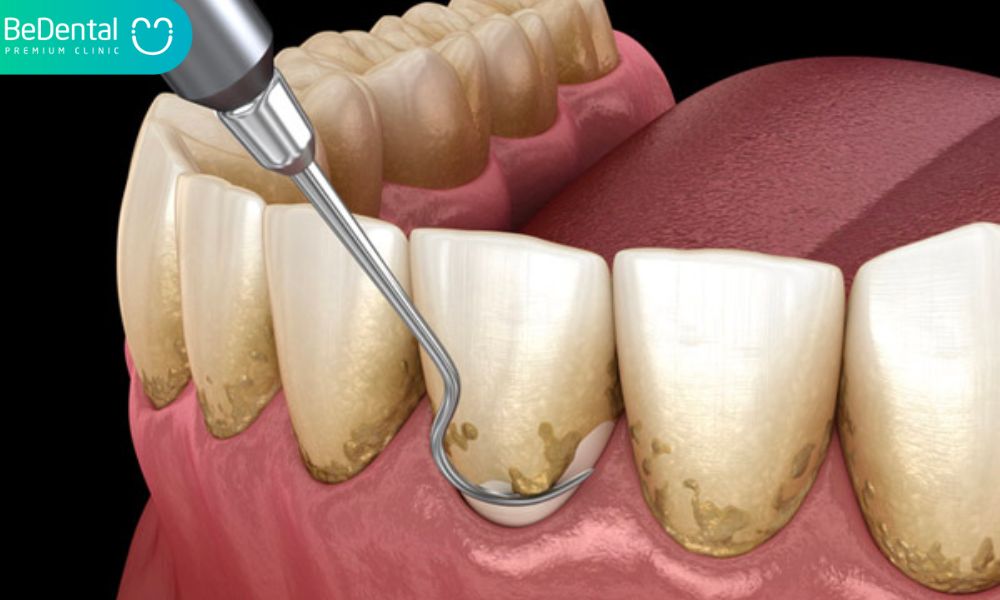
After the oral exam, your hygienist will use a dental scaler and small mirror to remove tartar from around your gum line and between your teeth. You may hear some scraping sounds during this process, but it’s entirely normal and nothing to worry about. If there’s a significant buildup of tartar, your hygienist may spend more time scraping a specific area.
3. Professional Deep Cleaning and Polishing
After removing tartar, your hygienist will use a high-powered electric brush to give your teeth a deep clean and remove any remaining buildup. They’ll also apply a specialized toothpaste called prophylaxis paste, which has a gritty texture that effectively scrubs and polishes your teeth. It’s available in different flavors, so you can choose your favorite! While this step may produce some noise, it’s essential for maintaining a healthy smile.
Prepare yourself for some unpleasant sounds during this important step, which is also the most time-consuming. As the dental hygienist uses an electric brush on your teeth, you’ll feel a slow, grinding sensation and hear the whirring noise of the brush. Despite the noise, the procedure is easy and painless.
4. Professional Flossing
Professional flossing during a teeth cleaning has its benefits, regardless of whether you floss regularly or not. Your hygienist will use floss to remove any leftover paste and plaque from between your teeth. They may also highlight areas of your mouth that need more attention and suggest specific flossing techniques to improve your oral hygiene.
5. Rinsing
After the flossing step, your dental hygienist will rinse your mouth to remove any leftover tartar residue. They may use a water spray or provide you with a fluoride rinse solution to gargle and rinse with.
6. Fluoride Treatment
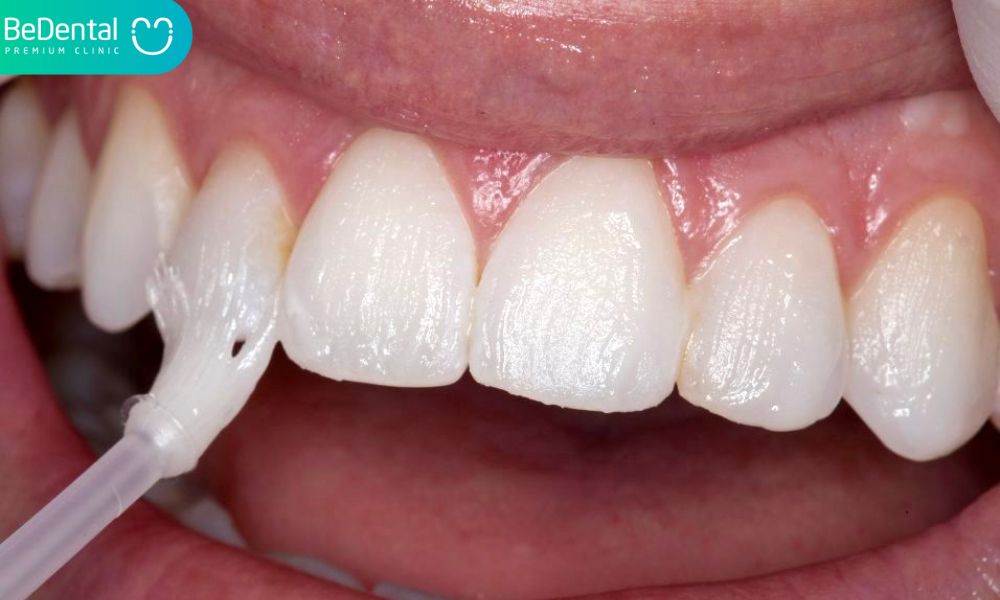
The final step of your teeth cleaning is a fluoride treatment that helps prevent cavities until your next appointment. Your hygienist will place a mouthpiece over your teeth and apply a foamy gel or sticky paste that stays on for about a minute. This simple and painless procedure will keep your teeth healthy and strong.
Other potential steps
Regular dental cleanings are typically recommended twice a year, while X-rays are usually taken once a year. However, if any issues are found during your visit, your dentist or dental hygienist may perform additional exams. Children may be advised to get molar sealants to prevent cavities in areas that are difficult to brush.
Regular teeth cleanings are essential to maintaining good oral health and preventing dental problems. By knowing what to expect during your visit, you can feel more comfortable and even anticipate your appointments. Remember that your dentist and dental hygienist are there to help you, so don’t hesitate to ask questions or voice any concerns you may have. With proper care and attention, you can keep your teeth and gums healthy for years to come.
As the final step of your teeth cleaning, your hygienist will apply a fluoride varnish to your teeth using a small brush. This varnish provides additional protection against cavities and strengthens your teeth. After the application, your hygienist will ask you to rinse out any excess fluoride with water. It’s important to avoid eating or drinking for at least 30 minutes after the treatment to allow the fluoride to fully absorb into your teeth.
After the hygienist finishes cleaning your teeth, your dentist will perform a final examination to check for any issues. Depending on their findings, your dentist may recommend additional treatments. It is important to schedule regular teeth cleanings at least twice a year to maintain good oral health.
Potential Risks of Teeth Cleaning
The following are some of the potential hazards or issues that you may encounter when cleaning patients’ teeth:
- Sensitive teeth – After removing tartar buildup, the patient’s teeth may feel more sensitive to air, hot or cold liquids, and certain foods. This sensitivity usually only lasts for a few days, but it’s important to advise the patient to use toothpaste specifically designed for sensitive teeth during this time.
- Sore or bleeding gums – After removing plaque or tartar near or on the gum line, some patients may experience temporary swelling, bleeding, or soreness. This discomfort should subside within a few days. To help manage any pain or discomfort, over-the-counter pain medication can be taken as recommended.
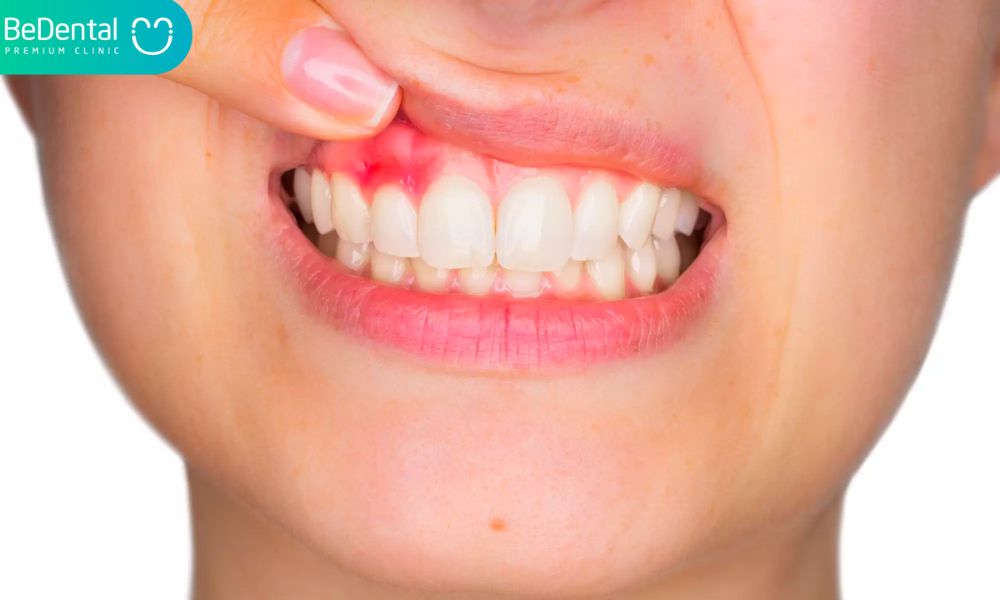
- Gaps between teeth – Occasionally, plaque and tartar can accumulate in the spaces between your teeth, and once they are removed, it might seem like a new gap has formed. However, the opposite is true.
Expert Advice on Teeth Cleaning
If you want to improve your teeth cleaning routine, there are a few easy tips that can help. Along with being organized and using the right tools, having a positive attitude can make a big difference. Here are some additional professional tips to keep in mind for maintaining a healthy smile.
1. Rinse your mouth
By using mouthwash twice daily, you can significantly reduce your chances of developing gum disease by up to 60%. It’s recommended that you use a mouthwash with microbial protection that targets plaque and gingivitis. Be sure to ask your dental hygienist or dentist for advice on the most suitable mouthwash for your needs and preferences, and remember to swish it around in your mouth for about 30 seconds before spitting it out.
2. Floss first

Brushing alone cannot clean your entire tooth surface, so it’s important to floss daily as well. Use an 18-inch piece of floss and move to a new section for each tooth. Slide it around the tooth and up and down to remove plaque. Floss before you brush and try different types of floss or tools until you find what works best for you. By finding a floss or tool you like, you’ll be more likely to use it consistently.
3. Get the right toothbrush
When it comes to selecting a toothbrush, it’s important to choose one with soft or extra soft bristles to avoid damaging the gums. A small-headed toothbrush is ideal for those with a smaller mouth, while a brush with a larger handle can be easier for those with arthritis or grip issues to use. There are even specialized brushes for braces. An electric toothbrush with an oscillating, rotating power brush is the most effective at removing plaque.
4. Brush smart
For optimal teeth and gum health, it’s recommended to brush your teeth for a full two minutes twice a day using fluoride toothpaste. If you have children, try making tooth brushing fun by singing “Happy Birthday” or the alphabet song twice through for each half of their mouth. Make sure to brush before bed to remove bacteria that can accumulate overnight.
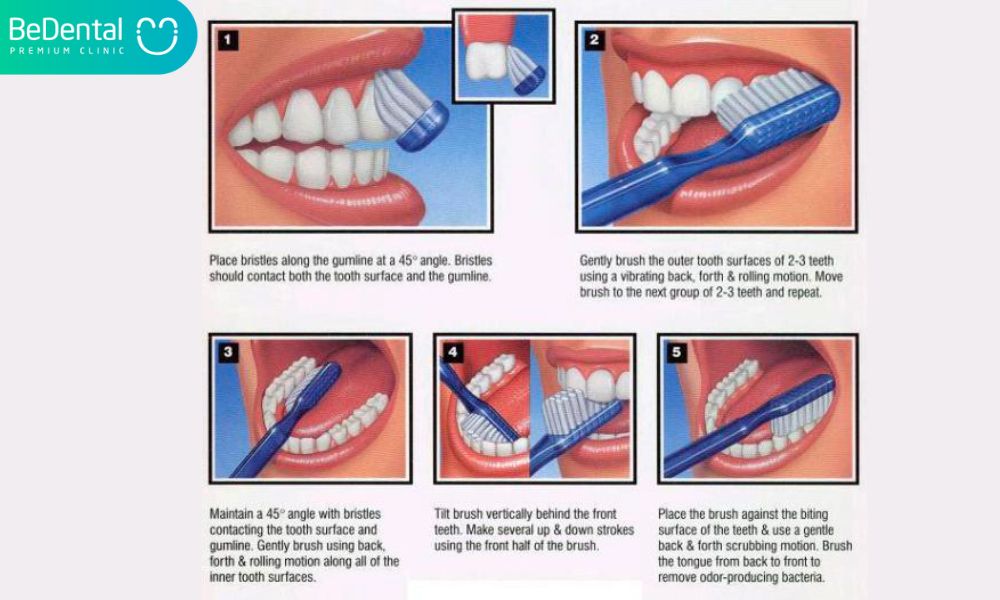
Use a gentle touch and a toothbrush held at a 45-degree angle, with small circular strokes to remove plaque along the gum line of your teeth. Clean chewing surfaces with back-and-forth strokes and give your tongue a few swipes to prevent bad breath. Remember to check your bristle wear and replace your toothbrush every 3 to 4 months or after any illness.
More
Tea and Coffee: 4 Effects of Tea and Coffee on Dental Health
Over-the-counter teeth whitening and 7 common questions
Electric Toothbrushes: The Best Electric Toothbrushes of 2023
In-Office Teeth Whitening and 5 Steps To A Bright Smile
Scaling and Polishing – Deep Oral Cleaning and 5 Habits To Keep Teeth Healthy





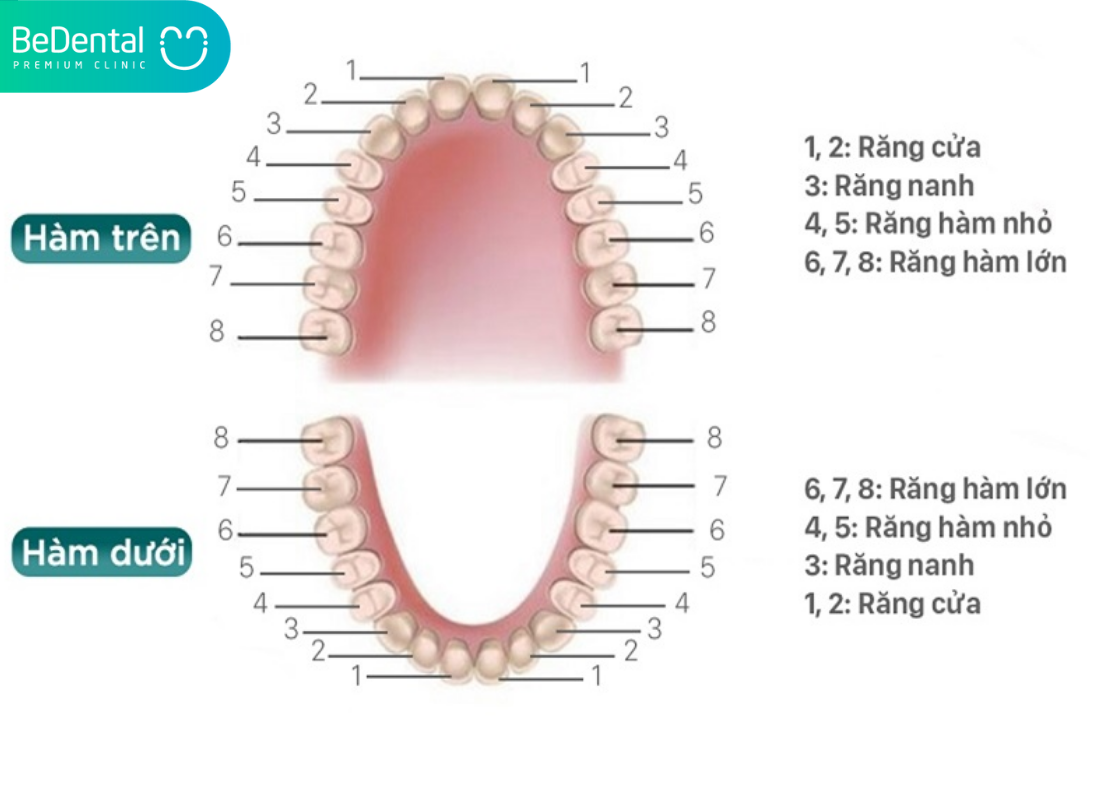
Pingback: Top 3 Dental Clinics in Ho Chi Minh city – Be Dental